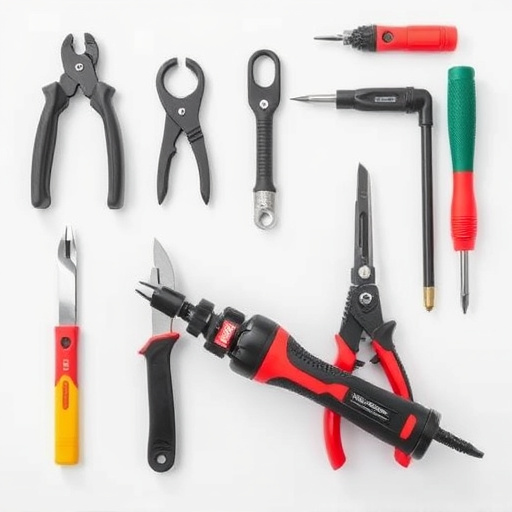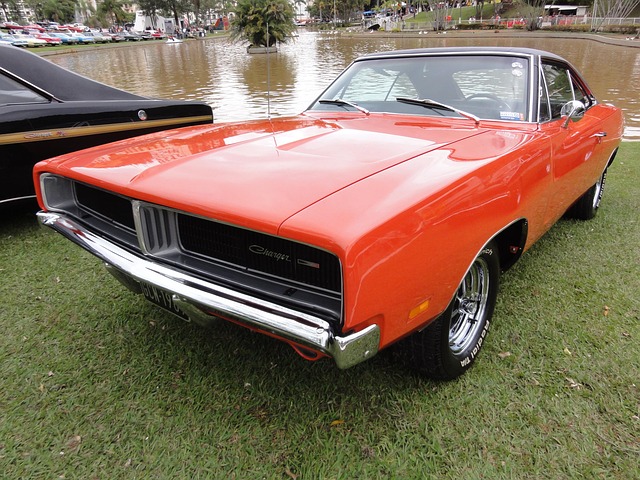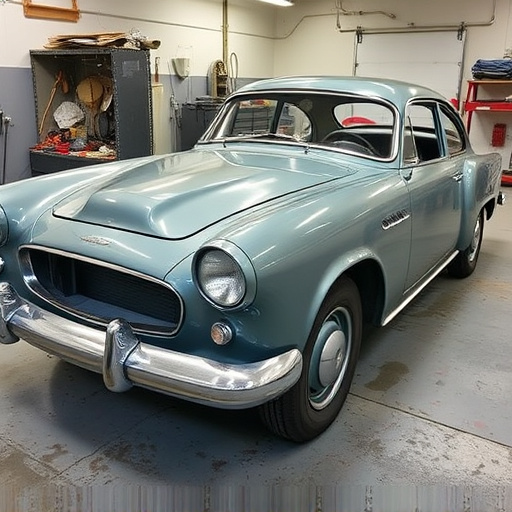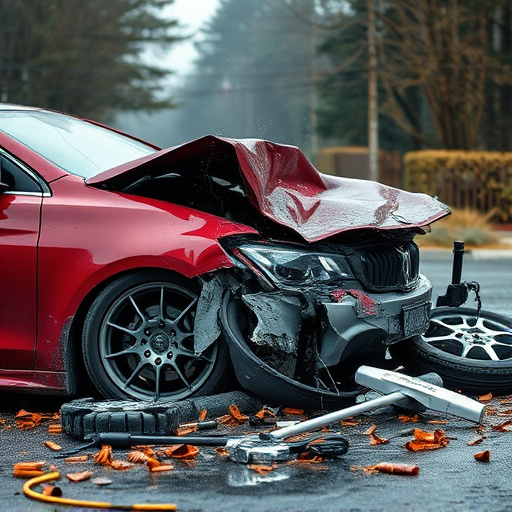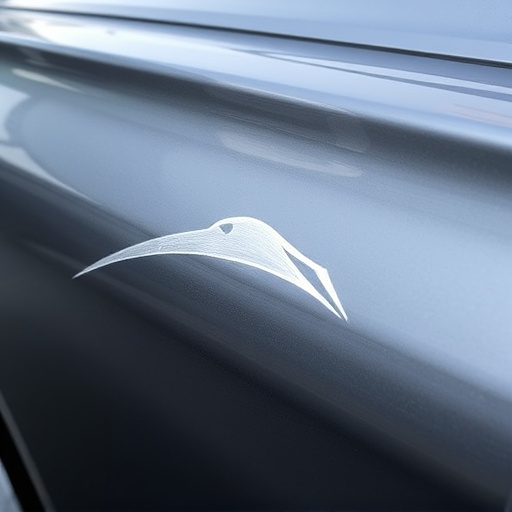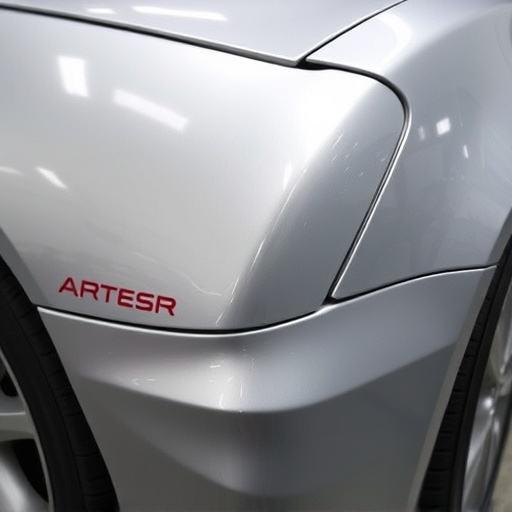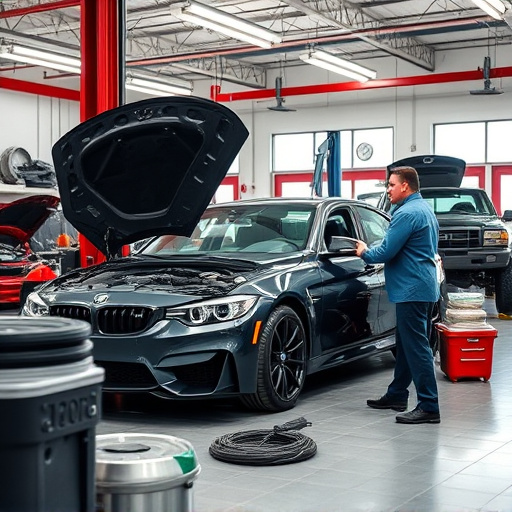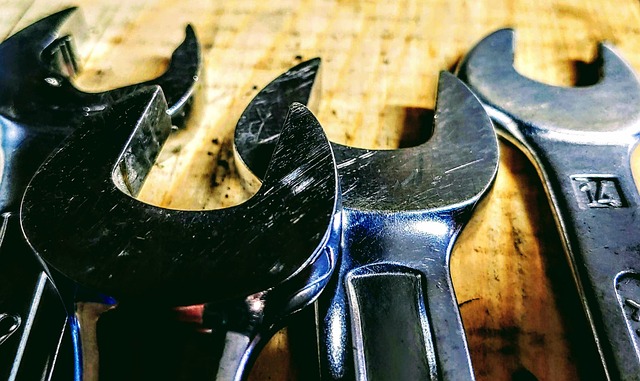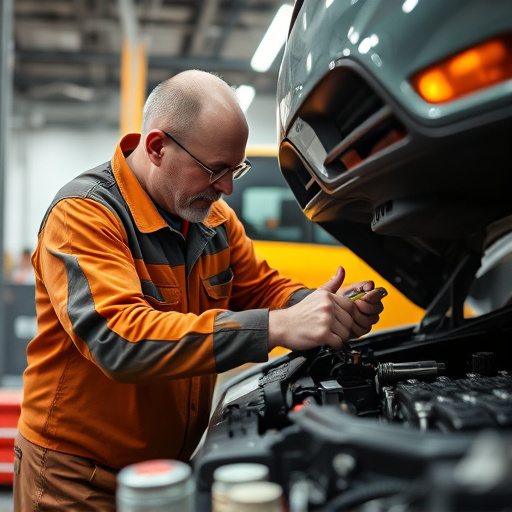Technicians meticulously assess a vehicle's cooling system post-collision, inspecting components like radiators, hoses, and thermostats for damage, leaks, or corrosion. They test coolant condition and identify leak sources to ensure proper temperature regulation. Critical steps include diagnosing the compressor for issues via visual inspections and performance tests, ensuring comprehensive collision repair services that incorporate fender and tire repairs.
After a collision, technicians must meticulously diagnose cooling system issues to ensure optimal vehicle performance and safety. This process involves assessing critical components, identifying leaks in refrigerant lines, and testing compressor performance. By employing advanced diagnostic tools and specialized knowledge, professionals navigate the complexities of cooling system collision repair, ensuring efficient operation and extending the lifespan of your vehicle’s vital temperature regulation mechanisms.
- Assessing Cooling System Components After Collision
- Identifying Leaks and Damage to Refrigerant Lines
- Testing and Diagnosing Compressor Performance Issues
Assessing Cooling System Components After Collision
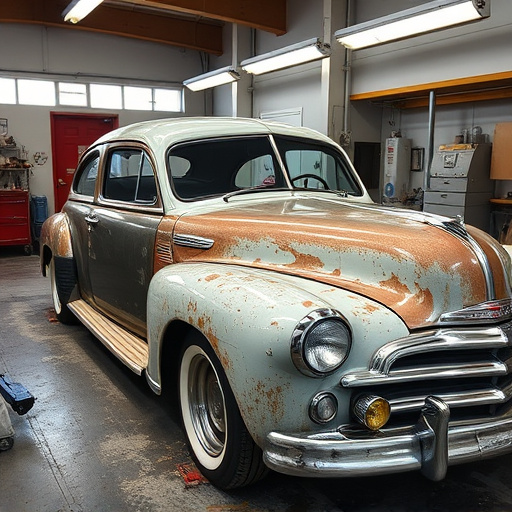
After a collision, technicians meticulously assess each component of the cooling system to pinpoint any damages or malfunctions. They start by examining the radiator, which is a crucial part that circulates coolants through the engine. Signs of leaks, corrosion, or physical damage can indicate replacement needs during collision repair. Next, they inspect the hoses for cracks, bulges, or signs of wear, as these can lead to coolant leaks and require immediate attention during auto body repair.
The thermostat and cooling fans are also evaluated to ensure proper temperature regulation. A faulty thermostat can cause overheating, while damaged cooling fans may prevent efficient airflow. Technicians use specialized tools to test these components’ functionality, ensuring they operate within the expected range. Moreover, checking the condition of the coolant itself is vital; contaminants or degradation can signal the need for a flush during car body restoration, maintaining optimal performance and efficiency of the entire cooling system.
Identifying Leaks and Damage to Refrigerant Lines
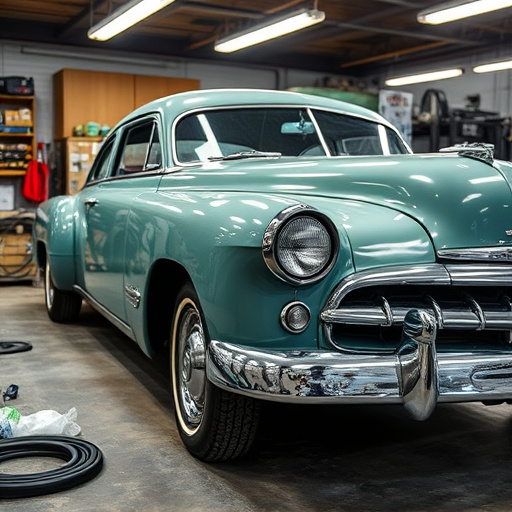
After a collision, one of the initial steps technicians take to diagnose cooling system issues is to thoroughly inspect the refrigerant lines for any signs of damage or leaks. Leaks can indicate compromised integrity in the system, which may have been caused by direct impact during the accident. Technicians use specialized tools and their expertise to trace the source of leaks, as even tiny ruptures can lead to significant performance problems and environmental hazards due to refrigerant release.
Identifying damaged refrigerant lines is crucial for effective cooling system collision repair. Technicians carefully examine the lines’ condition, looking for bends, cracks, or separation from fittings. In some cases, paintless dent repair techniques may be employed to restore the lines’ structural integrity without the need for extensive replacement, similar to the precision required in automotive restoration for visible dents and scratches. This not only saves time but also ensures a more seamless repair that maintains the vehicle’s overall aesthetic appeal.
Testing and Diagnosing Compressor Performance Issues
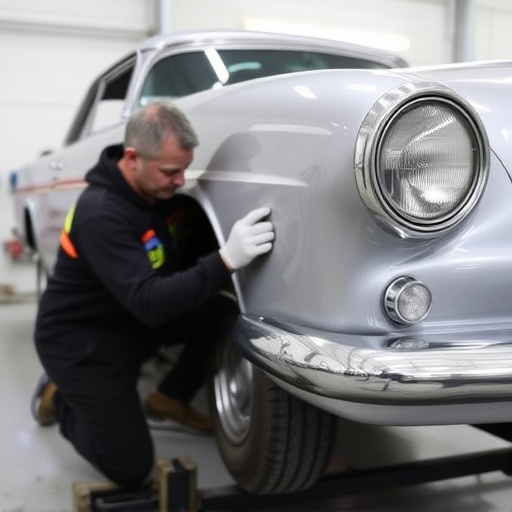
After a collision, one of the critical components to assess during cooling system collision repair is the compressor. Technicians employ various methods to test and diagnose compressor performance issues effectively. They begin by visually inspecting the unit for any signs of damage or leaks, as these can indicate problems within the compressor or its associated components.
Further diagnosis involves running tests to measure the compressor’s capacity and efficiency. This includes checking compression ratios and measuring air flow rates. By comparing these results with known good data, technicians can identify discrepancies that point to specific issues like worn-out seals, damaged valves, or motor problems. Such thorough testing ensures that any underlying car damage repair, including fender repair and tire services, is addressed accurately while repairing the cooling system.
When addressing cooling system issues after a collision, technicians employ a systematic approach. They meticulously assess components, identify leaks in refrigerant lines, and thoroughly test compressor performance. This comprehensive process ensures that any problems are accurately diagnosed and effectively resolved, crucial for the reliable operation of the vehicle’s cooling system following repair. By combining these techniques, collision repair specialists can deliver top-notch service, guaranteeing that drivers stay cool and safe on the road.


